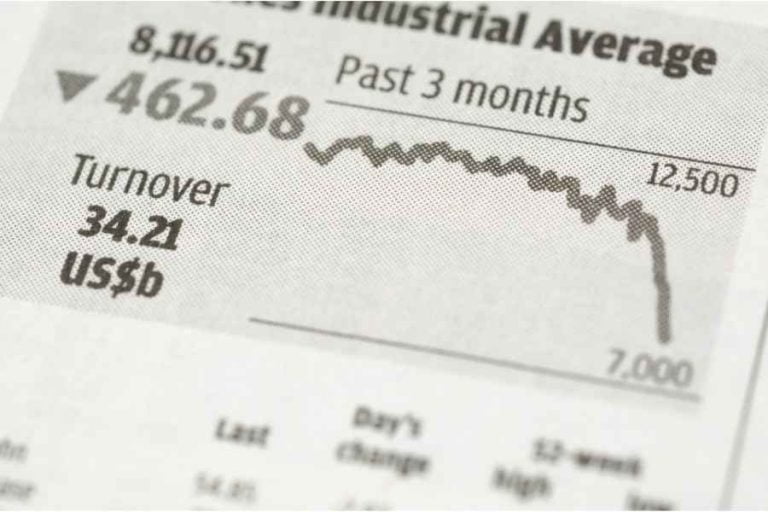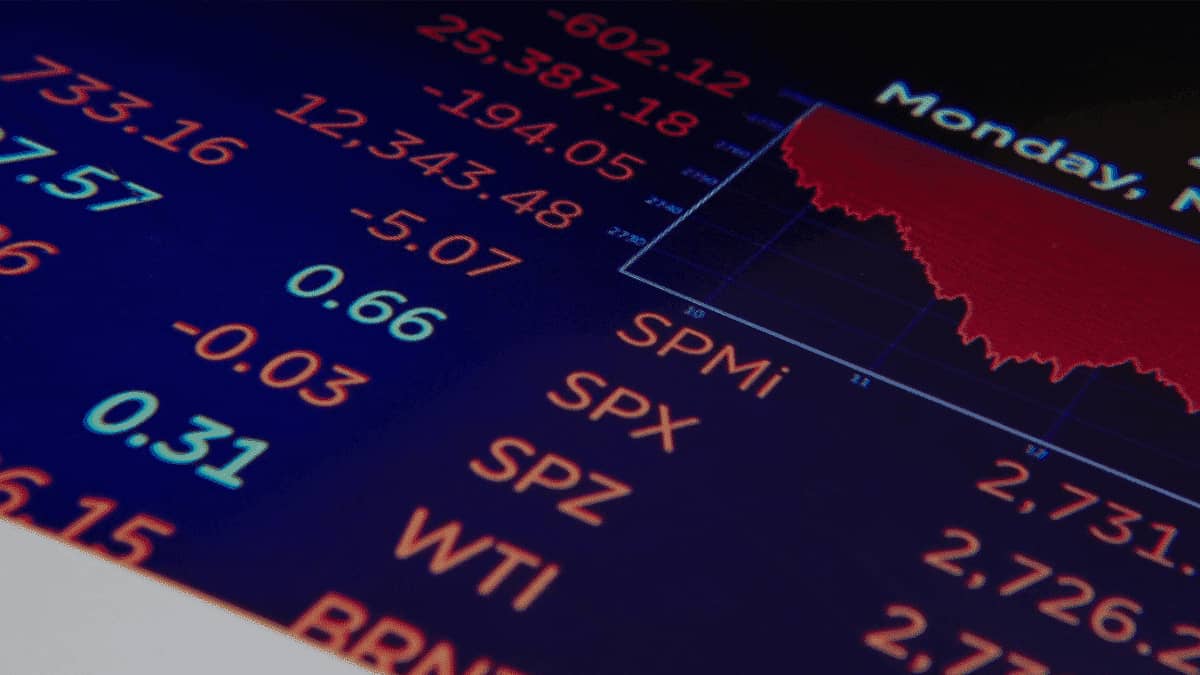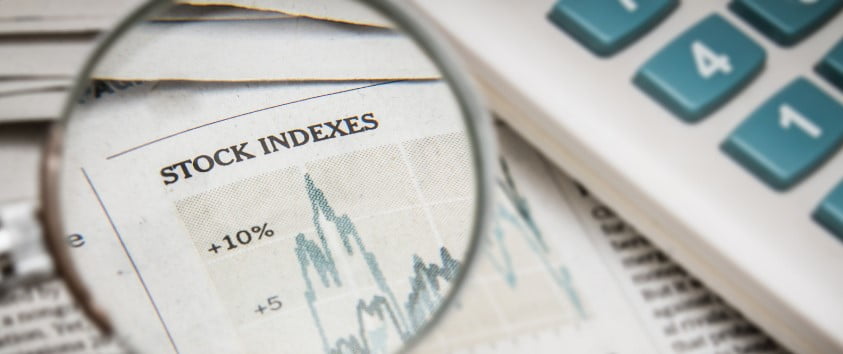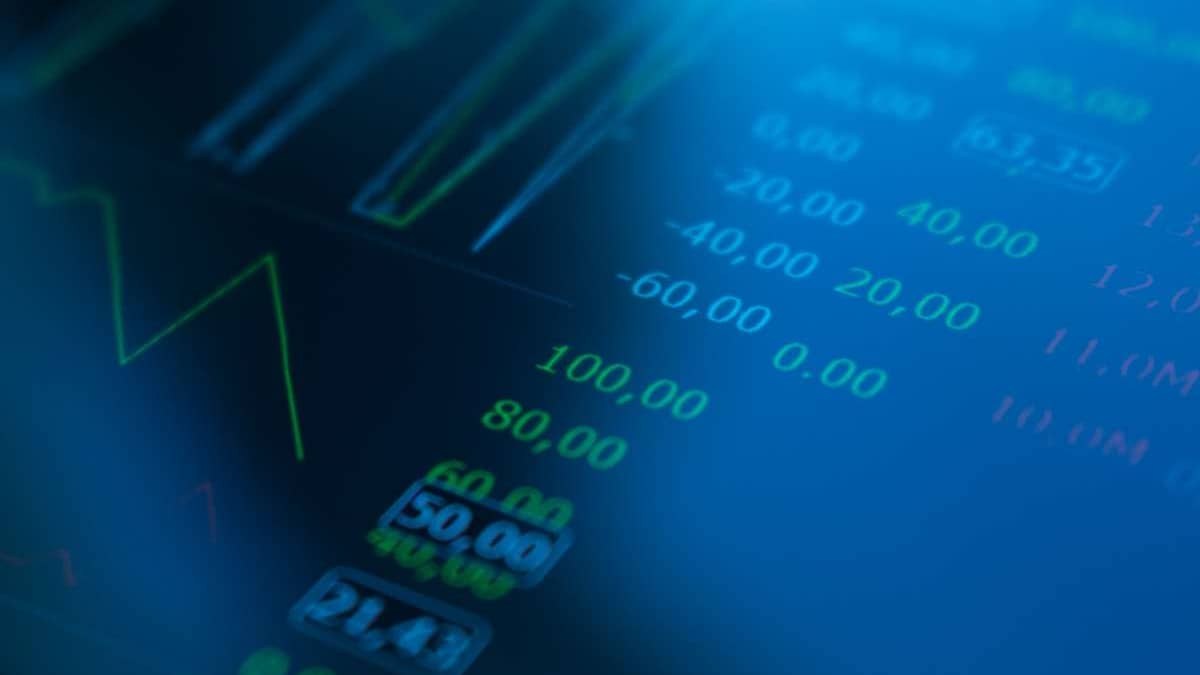Mini Dow Jones and Micro Dow Jones are two types of Dow Jones Index futures contracts traded on the CME exchange. In this article, we will provide a detailed comparison of their trading details, including margin requirements, contract sizes, fees, and trading hours. Key takeaways:
- The minimum margin requirement for Mini Dow Futures is $924, whereas Micro Dow requires only a minimum of $231.
- Both Mini and Micro Dow Futures are traded electronically, with trading hours extending up to 23 hours per day.
Dow Jones Futures History
When the Chicago Mercantile Exchange (CME) initially introduced Dow Jones futures, they offered two types of contracts with different sizes:
- Big Dow Futures: $25 × Dow Jones Index Quote
- Standard Dow Futures: $10 × Dow Jones Index Quote
As the Dow Jones index continued to climb higher, the value of its futures contracts also increased, leading to a significant rise in the trading threshold. Consequently, CME introduced smaller contracts known as Micro E-mini Dow Jones Futures and E-mini Dow Jones Futures.
Today, CME has discontinued trading of Big and Standard Dow Futures, leaving only Mini Dow Futures and Micro Dow Futures as the two available contracts.
| Full Name | Trading Symbol | Nicknames |
|---|---|---|
| E-Mini Dow Jones Industrial Average Index Futures | MYM | Mini Dow Jones, Mini Dow, Mini DJIA, |
| Micro E-mini Dow Jones Industrial Average Index Futures | YM | Micro Dow Futures, Micro Dow |
Micro & Mini Dow Contract Size
The contract size for Micro Dow is just one-twentieth of the standard Dow Futures. With the Dow Jones index traded at 39,000 points, the value of one Micro Dow futures contract would be 0.5 x 39,000 = $19,500. Below is the formula for calculating its contract size:
Micro Dow Futures Contract Size = $0.50 x DJIA Index Point
The contract size for mini DJIA is 10 times of the Micro contract. The value of one mini Dow contract would be 5 x 39,000 = $195,000, when Dow index is traded at 39,000.
E-mini Dow Futures Contract Size = $5.00 x DJIA Index Point
From the aspect of contract size, for most of the individuals, the mini Dow Futures aren’t truly “mini”, and micro futures aren’t exactly “micro”. Nevertheless, Dow Futures trading involves leverage, allowing traders to open positions with a relatively small initial margin.
The following section of this article will compare the margin requirements for the Mini and Micro Dow Jones Index Futures to examine if they fall within the range acceptable to the public.
Mini Dow VS Micro Dow on Margin
The margin requirements for Dow Jones Index Futures are set by the CME exchange and futures brokers, and are based on factors such as the contract value and market volatility. Typically, these margin levels remain unchanged for an extended period of time.
Below is a comparison of the margin requirements between Micro Dow Jones and Mini Dow Jones, assuming that the Dow Index is trading at 39,000 points.
| Dow Jones Futures Margin Requirements | ||||
|---|---|---|---|---|
| Intraday Trading (09:00 - 16:00 EST) | Overnight Trading (Outside Intraday Hours) | |||
| Initial Margin | Maintenance Margin | Initial Margin | Maintenance Margin | |
| Micro Dow | $231 | $209 | $924 | $840 |
| Mini Dow | $924 | $831 | $9,240 | $8,400 |
The initial margin requirement for Mini Dow Futures is $924 for intraday trading, which is considered acceptable for certain individual investors. However, for overnight trading, the margin requirement rises significantly to at least $9,240, making it unaffordable for most individuals.
In contrast, the margin for micro Dow starts at $231 for intraday trading and $924 for overnight, which falls within the range that many individual investors can afford.
Looking for lower margin requirement for trading Dow index? Trade the Dow index through CFD with a small margin as low as $1, click on 「What is US30 Forex? Trade Dow Index via US30 CFD on MT5」 for details.
Contract Specs of Micro Dow
Now that we understand the margin requirement for micro Dow futures is much more accessible for individuals, we will provide a detailed explanation of its contract specifications while continuing to compare it with mini Dow futures.
1. Contract Month of Micro Dow
The screenshot below, captured from the CME website, showcases the pricing and volume data for Micro Dow Futures. It highlights the presence of multiple contracts with varying expiry dates being traded concurrently.
In fact, both Micro and Mini Dow contracts expire quarterly, with the expiration date set as the third Friday of the final month of each quarter. For instance, the JUNE 2024 contract will expire on June 21, 2024.
2. Micro Dow Tick Size
The tick size for both Micro and Mini Dow Futures is 1 index point. For instance, if the market moves from 39,000 to 39,001, it is considered an increase of 1 index point.
Aligned with the contract size, the tick value of Mini Dow is ten times that of Micro Dow:
- Tick value of micro Dow futures: $0.5 per index point
- Tick value of mini Dow futures: $5 per index point
Trading Fee for Micro Dow Futures
Similar to stock trading, when trading Dow Futures, Exchange charges fees for executing trades and clearing, while futures brokers charge commission fees for the trading services they provide. Below is a comparison of the commission fees for Mini and Micro Dow Futures:
| Micro Dow Futures Fees | Mini Dow Futures Fees | |
|---|---|---|
| CME Exchange Fees | $0.35 per side | $1.38 per side |
| Futures Brokers Fees | $0.50 per side | $1.50 per side |
| Total Fees | $0.85 per side | $2.88 per side |
The commission fee is charged separately for opening and closing a trade. Trading one round turn of micro Dow futures requires a commission fee of $0.85 × 2 = $1.9. Fees may vary among different brokers, and the fees listed in the table above are typical for trading with US futures brokers.
While the commission fee for micro Dow appears to be two-thirds cheaper than Mini Dow, the size of ten micro contracts is equivalent to one Mini contract. Therefore, the commission fee for ten Micro contracts is $8.5, which is much higher than that for one mini contract.
Considering commission fees, mini Dow is actually more cost-effective, which is one of the reasons for its higher trading volume compared to micro contracts. However, for individual traders, the primary consideration is still the trading threshold, as a margin requirement of nearly $1000 per contract is not small for many traders.
Dow Jones Futures Trading Hours
Many may assume that Dow Futures can only be traded during the six and a half hours of the U.S. stock market’s opening hours (09:30 – 16:00 EST). However, in reality, both Micro and Mini Dow Futures are electronically, with trading hours extending to 23 hours per day.
Here is the trading hours timetable for Micro and Mini Dow Futures in US Eastern time:
- Opening Time: Sunday 6:00 PM
- Closing Time: Friday 5:00 PM
- Daily Session Break: 5:00 PM – 6:00 PM
Dow Futures VS Dow Jones CFD
Dow Jones Index Contracts for Difference (CFDs) provide an alternative option suitable for traders with small capital. With a margin requirement of less than $1, investors can speculate on price movement in the Dow Jones Index through Dow Jones Index CFD.
- Micro Dow Futures: Minimum trade size of 1 contract, minimum margin of $231
- Dow Jones Index CFD: Minimum trade size of 0.01 contracts, minimum margin of $1
Learn more details on 「What is US30 Forex? Trade Dow Index via US30 CFD on MT5」.






